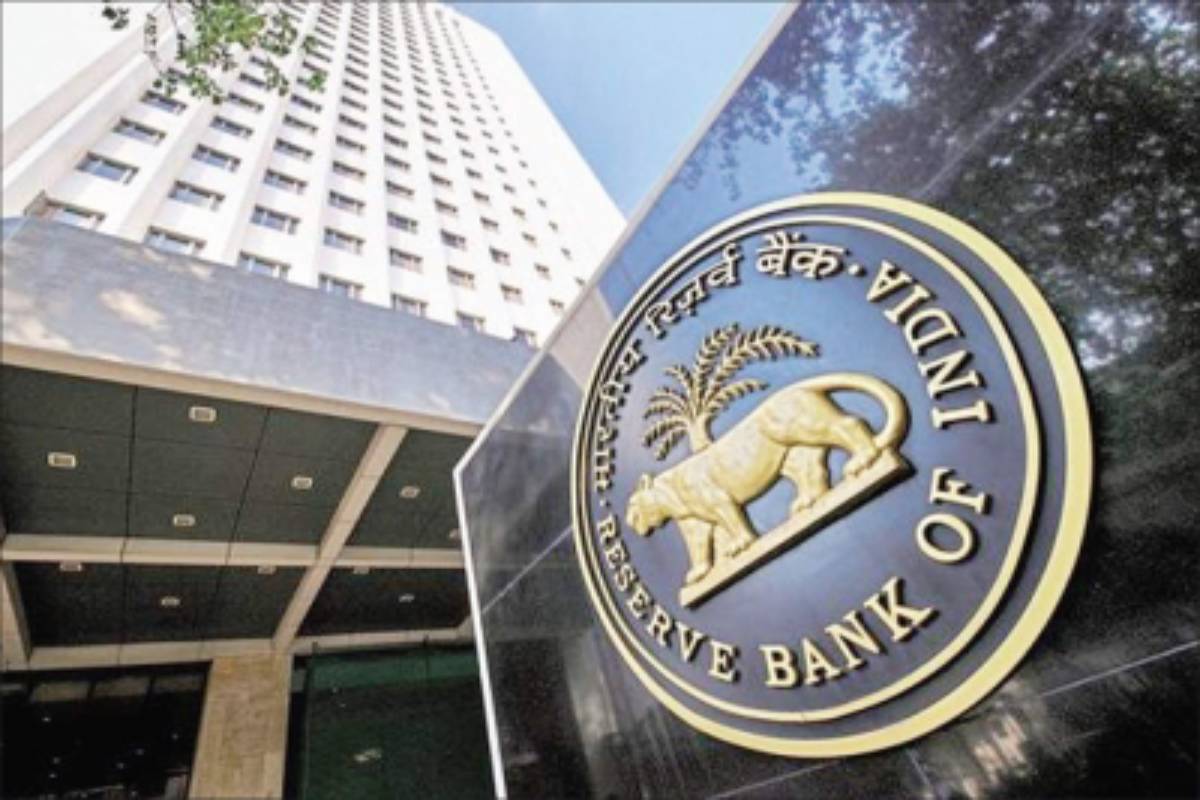German economy forecast to lag eurozone growth until 2026
The German economy is expected to significantly underperform the eurozone average until at least 2026, according to the European Commission's Autumn Forecast released on Friday.
In the country’s ever-shifting economic landscape, the Reserve Bank of India (RBI) finds itself positioned on a tight-rope, carefully weighing inflation concerns against the impending call for rate cuts.

[Photo : IANS]
In the country’s ever-shifting economic landscape, the Reserve Bank of India (RBI) finds itself positioned on a tight-rope, carefully weighing inflation concerns against the impending call for rate cuts. A recent survey of economists suggests that the central bank is likely to maintain its key interest rate at 6.50 per cent in the upcoming meeting on December 8, marking the fifth consecutive hold. However, economists unanimously anticipate a potential rate cut, albeit not before the third quarter of 2024. At the core of this intricate balancing act lies inflation, which, despite easing to a four-month low of 4.87 per cent in October, continues to influence the RBI’s policy decisions. Projections indicate that inflation is expected to persist above the RBI’s 4 per cent medium-term target for the next two years.
This sustained pressure appears to be the factor influencing the RBI’s cautious stance, at least for the foreseeable future. An economist at a prominent financial major offers a perspective aligning with this measured approach, stating, “We’re not expecting a rate cut before Q3 2024.” The rationale behind this expectation underscores the necessity for substantial evidence of inflation aligning with the 4 per cent target, indicating the RBI’s preference for a more prolonged trend rather than swift reactions to short-term fluctuations. The survey reveals a spectrum of opinions among economists regarding the anticipated timing of the rate cut. While the median projection points to a cut in the third quarter of 2024, almost half of the economists foresee it happening as early as the second quarter or possibly earlier.
This diversity in viewpoints reflects the complexity of economic variables and the challenge of predicting the precise moment when conditions will favour a rate cut. What stands out is the projection that over half of the respondents expect the repo rate to remain at 6.50 per cent through the middle of 2024, underscoring a conservative outlook. This aligns with the idea that the RBI may not hastily embrace rate cuts, emphasising a commitment to stability over impulsivity. However, a significant portion anticipates a quarter percentage point cut to 6.25 per cent by mid-year, indicating a nuanced understanding of the need for flexibility. Amid these projections, the overarching theme centres around the management of inflation.
Advertisement
With forecasts indicating an average inflation rate of 5.4 per cent in the current fiscal year and 4.8 per cent in fiscal 2024-25, the RBI appears to be treading a fine line. A chief economist at a ratings and research body remarks, “I think the RBI’s focus is to keep it at around 5 per cent,” recognising the challenges posed by volatile food inflation and climaterelated risks. While the economic stage may be set for a future cut, the RBI’s commitment to evidence-driven decision-making suggests that this performance will unfold gradually, with the central bank carefully navigating the uncertainties inherent in the economic script. But we will know later this week.
Advertisement